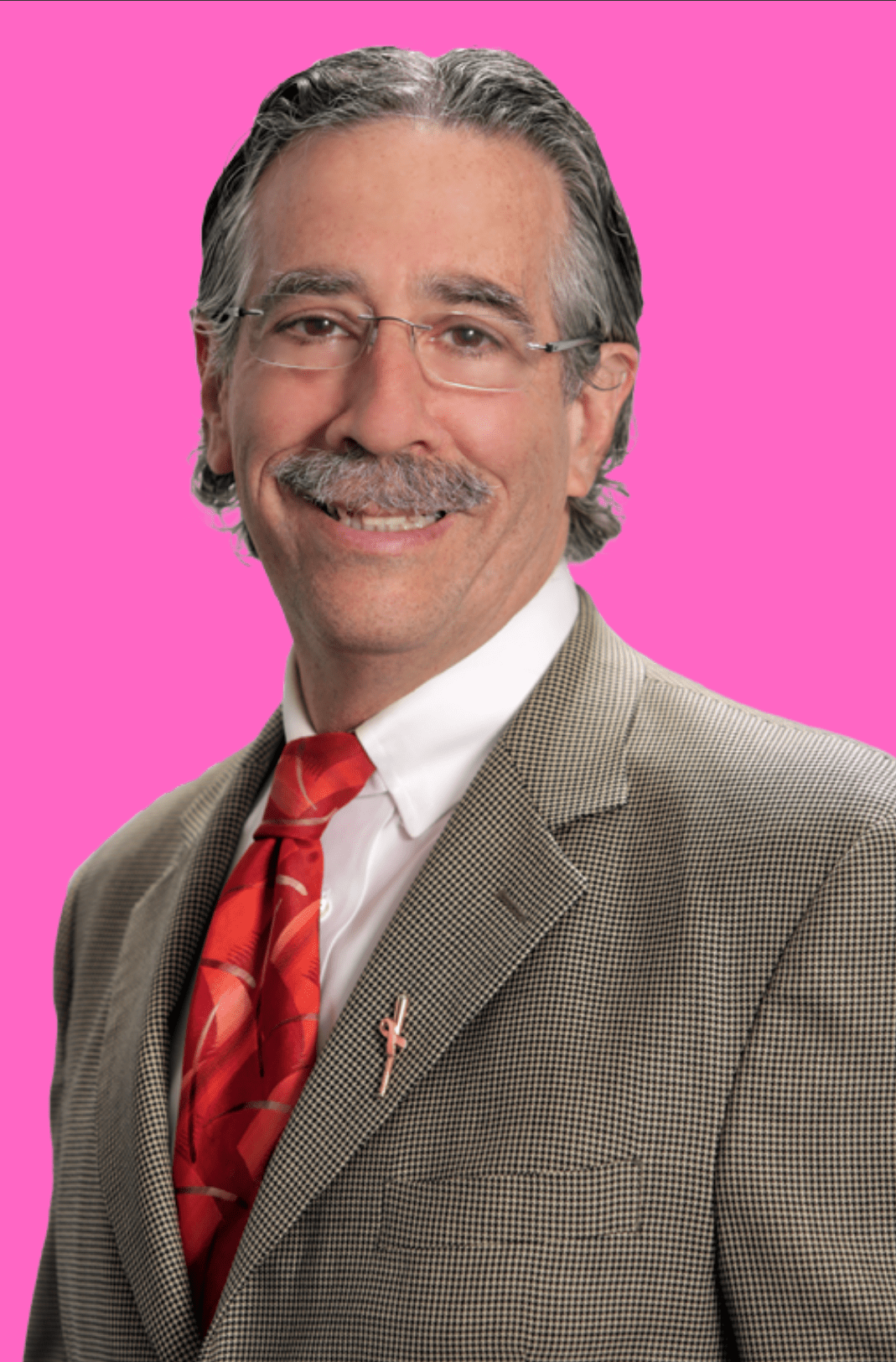
By Barry K. Douglas, MD, FACS
The process of rebuilding our patients’ breasts after mastectomy or lumpectomy is a team effort, involving doctors, nurses, support staff… in collaboration with each of our patients. We believe this collaborative partnership offers us the opportunity to provide our patients with the best possible results.
Your plastic surgeon will address any concerns during the initial consultation. We encourage patients to ask questions because we believe the better-educated they are in all aspects of the procedure, the better the results will be. On behalf of all of the surgeons here at LIPSG, I can confidently say that we strive to meet or exceed our patients’ expectations.
Upon a breast cancer diagnosis, here is what you need to consider regarding your choice for breast reconstruction:
Know Your Options
Not every woman facing a mastectomy may want breast reconstruction. However, for those that do prefer breast reconstruction, it is important to know that there are various options. Research the many different techniques and methods involved in breast reconstruction. A variety of choices are available, such as breast implant reconstruction, or flap procedures such as TRAM, DIEP, S-GAP, and Latissimus Dorsi flap surgeries. Implant surgeries rebuild the breast using skin remaining in the breast area, plus placement of a saline or silicone implant. Flap surgery utilizes skin and tissues from other areas of the body to create a new breast mound. We guide each of our patients by thoroughly explaining breast reconstruction options in a concise, easy-to-understand manner so they can make a truly informed decision.
Reconstruction is Covered by Insurance
According to the American Cancer Society, the Women’s Health and Cancer Rights Act (WHCRA) helps protect many women with breast cancer who choose to have breast reconstruction after a mastectomy. This federal law requires most group insurance plans that cover mastectomies to also cover breast reconstruction, including symmetrizing procedures on the opposite breast.
In addition, reconstruction after a lumpectomy may also be covered by insurance. This can include fat grafting to maintain breast symmetry or even oncoplastic surgery. Oncoplastic surgery combines breast surgical oncology with plastic surgery techniques, such as a breast reduction or lift. When a large lumpectomy is required that may leave the breast distorted, the remaining tissue is sculpted to realign the nipple and areola to restore a natural appearance to the breast shape. The opposite breast will also be modified to create symmetry.
No One Procedure is Right for All Women
Every breast reconstruction procedure has pros and cons, and each patient is unique. The best option for one woman may differ from another, depending on overall health, the type of cancer treatment undergone, considerations regarding the recovery process, body type, and our patient’s ultimate goals. Together, we will decide which procedure provides the best option for successful breast reconstruction.
Involve a Plastic Surgeon from the Beginning
It’s beneficial for most patients to meet with a plastic surgeon and have him or her involved with the overall treatment before undergoing a mastectomy or tumor removal. As a plastic surgeon, we create partnerships with breast surgeons, oncologists, and other medical professionals to forge a team effort throughout the entire process. This collaboration can ultimately provide the best possible breast reconstruction results.
Confidently Choose the Plastic Surgeon
It’s absolutely critical that each patient feel confident in their choice of any physician, and the choice for a plastic surgeon is no different. Make sure he or she has been specialty-trained in breast reconstruction surgery and has significant experience in performing a variety of breast reconstruction techniques. Some procedures, such as DIEP flap surgery, are very complex procedures that involve specialized surgical training such as microsurgery, a technique that only a small group of reconstructive surgeons are experienced in. Establishing trust in a plastic surgeon is vital when working to reconstruct a patient’s breasts and deliver the best possible outcome.

